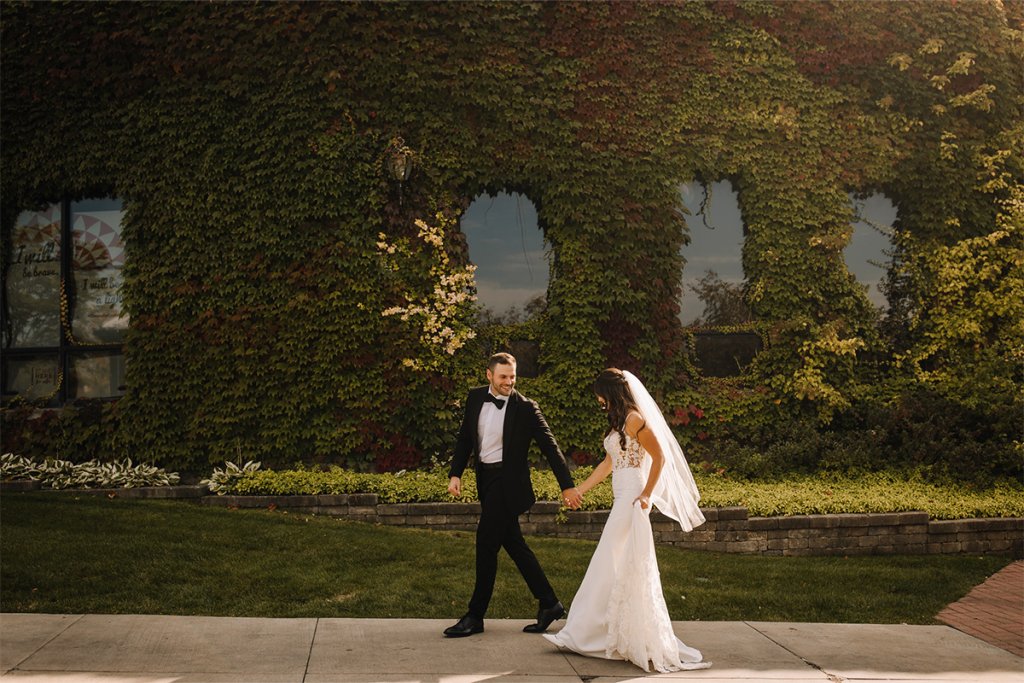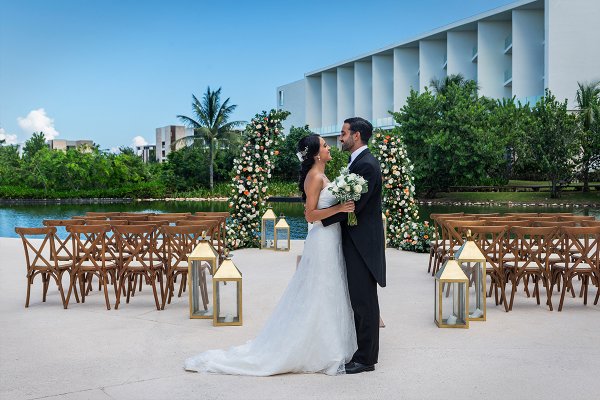Find out exactly what happens in a traditional Bengali Muslim wedding. You may just be inspired to incoporate some of these details into your special day.
By: Jennifer ChowdhuryMany brides have their entire wedding mapped out from the time they’re little girls, including me. The best part about planning a traditional Bengali (short for Bangladeshi) wedding is that there are between three and four events to plan. With each event, I get to wear a beautiful outfit or dress, different jewelry, and decorate each new venue as I like! It’s the ideal situation for any wedding-obsessed gal like myself!
Here’s how a traditional Bengali Muslim wedding goes down:
The Gayer Holud
|
|
This day kicks off a four-day wedding extravaganza and it’s my favorite event! It’s a day solely dedicated to the bride and the groom doesn’t attend this event; only his family and friends do. It’s pretty informal, which makes it really fun—almost like a rehearsal dinner. It usually takes place a day or two before the wedding at the bride’s parents’ house—but my hundred plus relatives and friends will definitely not fit into my parent’s duplex! So, we’ll be renting a venue.
A Gayer Holud serves two purposes: It’s the day the bride gets all her goodies—her wedding trousseau which includes her bridal dress (sari), jewelry, shoes as well as other gifts such as makeup, perfume, dresses, basically anything a girl could possibly need—now you see why it’s my favorite? The groom’s family and friends officially hand-deliver the bride’s wedding trousseau as well as presents for the bride’s family. Traditionally, a Bengali bride’s wedding sari and jewelry are chosen by her mother-in-law, but I’m very lucky that Dulal’s family is open minded enough to let me pick my own wedding outfit!
The other important ritual performed on this day happens when the guests bless the bride by applying yellow paste called ‘holud,’ made of turmeric powder and milk, on her face, arms and basically any other body parts that are exposed. ‘Gayer Holud’ literally means ‘body dye’ which explains the name of this event. Bengalis believe that turmeric helps to lighten and refine the skin, giving the bride a wonderful glow on her wedding day. This is also the day mehndi or henna (a brownish-red dye made from henna leaves) is applied to the bride’s hands and feet in pretty designs.





